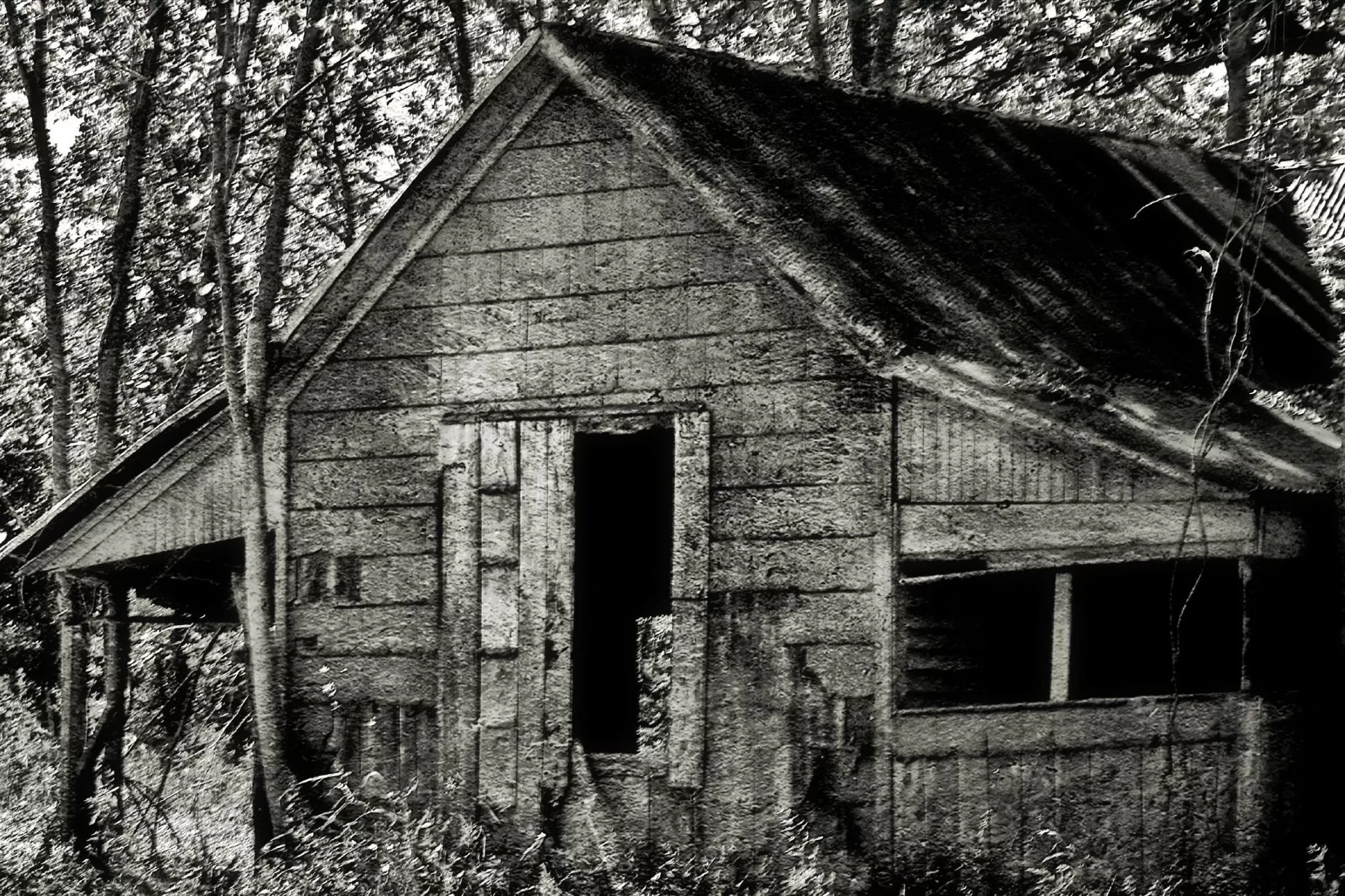The house stands, or stood, on the north side of the old Gorge Road, not far from Bridal Veil Falls. Some find it scary, spooky. More level-headed folks say it’s just an old, unoccupied house. The earliest memory the house can recall consists of visions of two-legged animals carrying objects large and small from a much smaller house with wheels into the spaces inside the bigger house, itself. Over the following months, the house learned to call the wheeled house...

